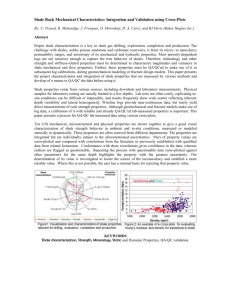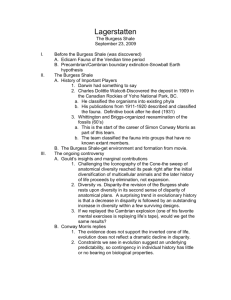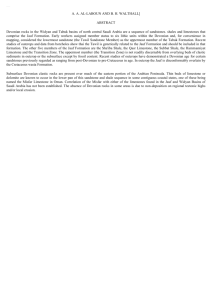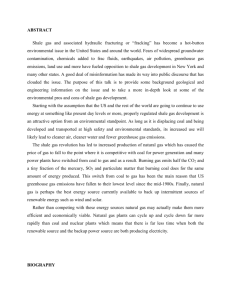GEOLOGY The Micro- and Macro- Faunal Diversity of a Devonian
advertisement
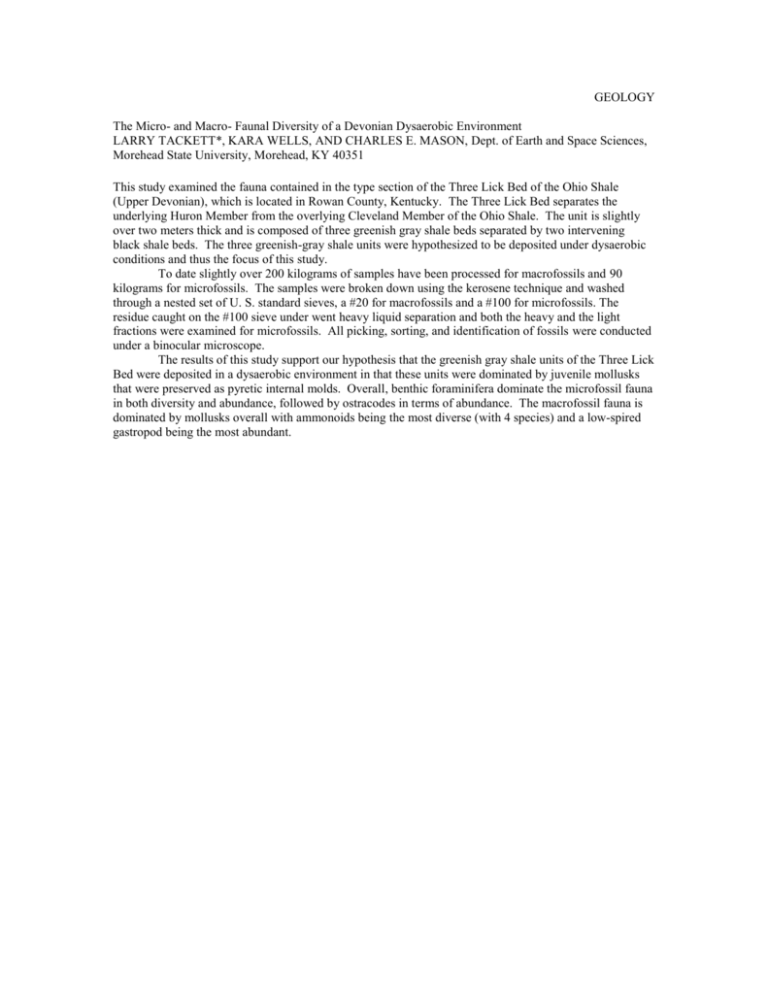
GEOLOGY The Micro- and Macro- Faunal Diversity of a Devonian Dysaerobic Environment LARRY TACKETT*, KARA WELLS, AND CHARLES E. MASON, Dept. of Earth and Space Sciences, Morehead State University, Morehead, KY 40351 This study examined the fauna contained in the type section of the Three Lick Bed of the Ohio Shale (Upper Devonian), which is located in Rowan County, Kentucky. The Three Lick Bed separates the underlying Huron Member from the overlying Cleveland Member of the Ohio Shale. The unit is slightly over two meters thick and is composed of three greenish gray shale beds separated by two intervening black shale beds. The three greenish-gray shale units were hypothesized to be deposited under dysaerobic conditions and thus the focus of this study. To date slightly over 200 kilograms of samples have been processed for macrofossils and 90 kilograms for microfossils. The samples were broken down using the kerosene technique and washed through a nested set of U. S. standard sieves, a #20 for macrofossils and a #100 for microfossils. The residue caught on the #100 sieve under went heavy liquid separation and both the heavy and the light fractions were examined for microfossils. All picking, sorting, and identification of fossils were conducted under a binocular microscope. The results of this study support our hypothesis that the greenish gray shale units of the Three Lick Bed were deposited in a dysaerobic environment in that these units were dominated by juvenile mollusks that were preserved as pyretic internal molds. Overall, benthic foraminifera dominate the microfossil fauna in both diversity and abundance, followed by ostracodes in terms of abundance. The macrofossil fauna is dominated by mollusks overall with ammonoids being the most diverse (with 4 species) and a low-spired gastropod being the most abundant.




